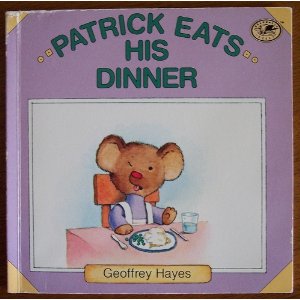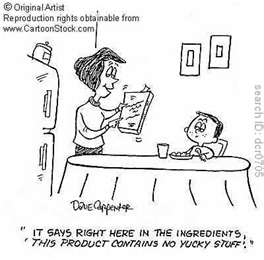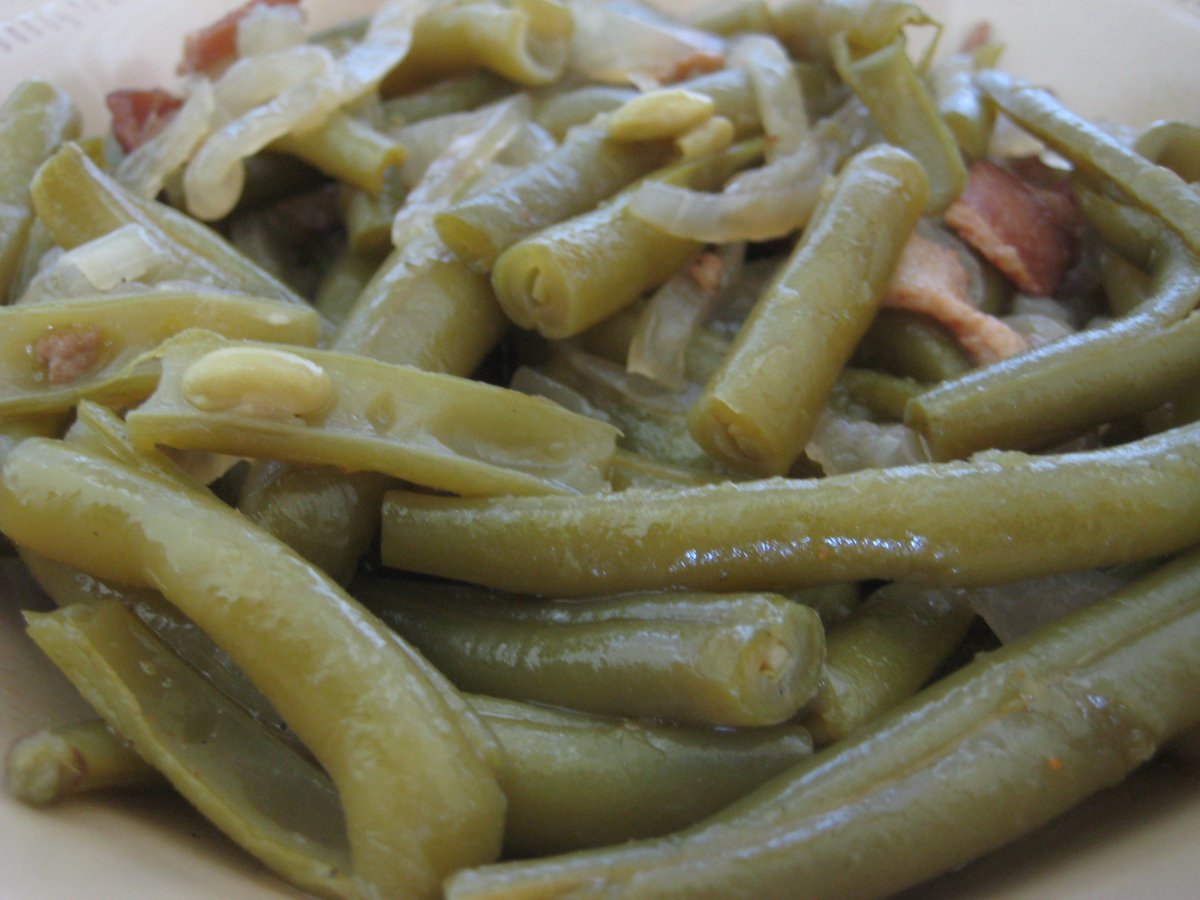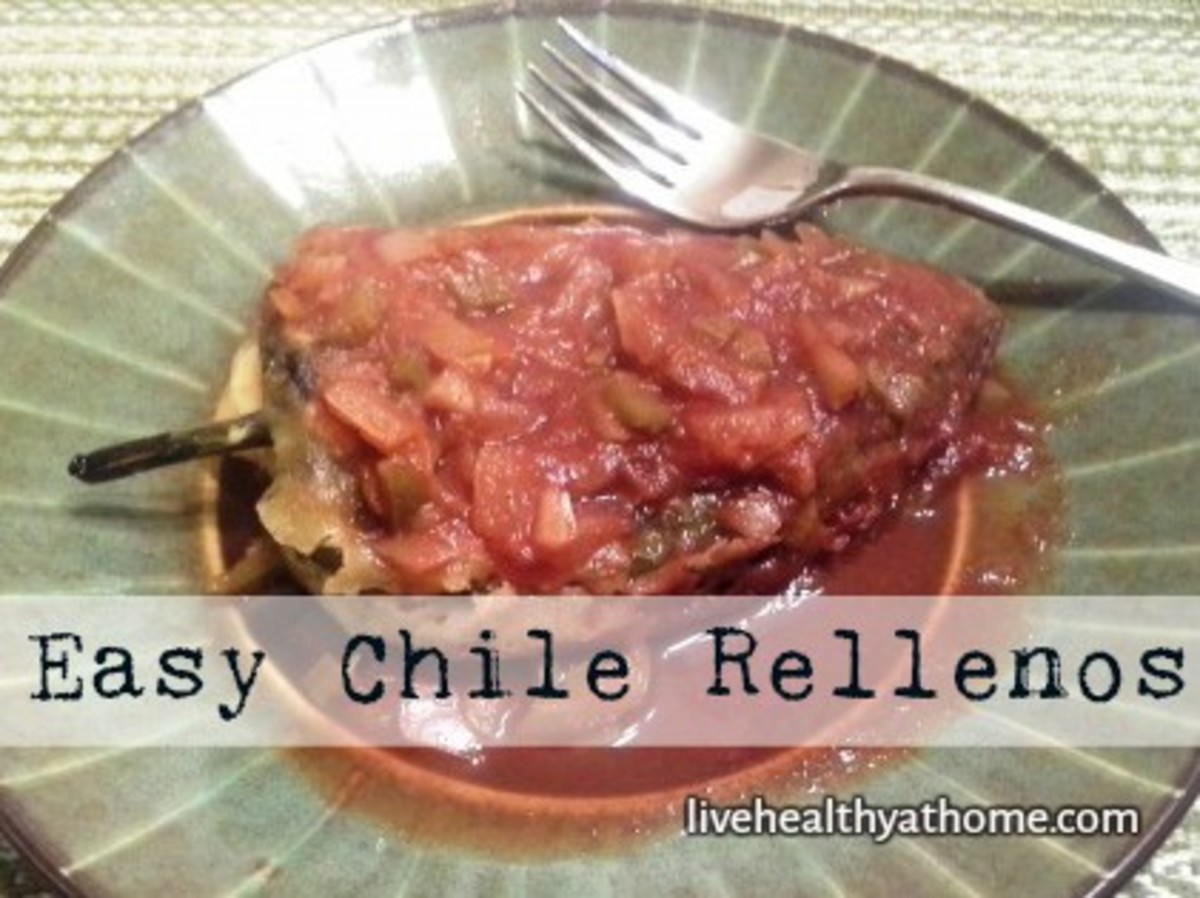Sneaking Vegetables in your Family's Meals
Some children and adults do not like vegetables and trying to force them makes for a very unpleasant mealtime. So what do you do? You sneak them in. You can give a child vitamins but the best way to get nutrition is through the foods we eat.
If you don’t already have one you’ll need a blender. You can also buy pureed baby food but that costs more. Grind up foods like broccoli, peas, green beans, kale or any other healthy foods. Some work better if you steam them first like broccoli depending on how powerful your blender is but any can be reduced to a cream and then they can be added to other foods like:
Meatloaf
Soups
Smoothies
Meatballs
Pizza sauce
Spaghetti sauce
Casseroles
Muffins

- Healthy Muffins
Muffins are a great way to get your family to eat healthier.
My husband wouldn’t eat vegetables when I married him and it was a real challenge to get him to eat healthy. His mother used the forceful technique making him even more rebellious of even trying anything that looked like a vegetable. He would however eat all of the foods I listed above and after my first child was born and I realized he was a chip off the old block I knew I had to do something, so I decided to work them in where I could.
Meatloaf:
1 pound of ground beef
½ cup of oatmeal
1 egg
½ cup of pureed vegetables
1-tablespoon parsley
1-tablespoon Worcestershire sauce
1-tablespoon soy sauce
2 cloves of garlic minced
1-tablespoon onion powder (now days I mince two green onions because they developed a taste for some vegetables.)
1-teaspoon pepper
You can add whatever seasoning you usually put in your own meatloaf recipe. There are many great ones out there.
Mix all together well and place in greased loaf pan. Bake in oven for 45 minutes to an hour at 400 degrees Fahrenheit or until done in the middle.
I serve mine with brown gravy and mashed potatoes or rice.
By the way that same recipe works for meatballs just form into round shapes and bake. They take less time than meatloaf.
One time I put just a little too much green beans in the meatloaf and my husband noticing said, “What is that green stuff?” I said, “parsley.” He ate it and didn’t say another word. Years later when he would eat vegetables without the sneaky method I confessed. There really was parsley in there so I wasn’t completely lying.
Smoothie
1 banana (most kids will eat bananas)
½ cup of orange or pineapple juice (you can use any juice you want but citrus juices help cover the veggie flavor best)
½ cup of vegetables like broccoli, kale or green beans
½ cup yogurt
First put in the vegetables and get them good and ground up then add the banana and other ingredients a little at a time. Puree in blender until smooth.
Even if you don’t make homemade sauces or casseroles just puree the vegetables and add to your store bought spaghetti sauce or box mix. I did it for years without them knowing. You have to be sneaky and never let them see you do it or they will look for the taste after that.
Most people that don’t like vegetables dislike the texture and don’t really mind the taste. Corn is a carbohydrate and not really that healthy so it’s not a big deal if they won’t eat them. Carrots can be steamed or boiled first and then added. Use the vegetables with the most vitamin count to get the most for your efforts. Bell peppers have a distinct flavor and are a little harder to incorporate but if you don’t go overboard you can sneak them in too.
Vegetables are best bought fresh or frozen. When you buy canned a lot of the vitamins have already been cooked out of them and then you are going to cook them again.
Frozen vegetables are flash frozen almost immediately after picking and the vitamins are preserved in most cases. Vitamin A doesn’t freeze well and some is lost when vegetables are on ice but in the winter or off-season it’s still better than canned.
You can go to the USDA website if you have any questions about nutrition value of any foods you eat.

Here’s a list of nutrition facts for each of the vegetables I use most. This is based on an 85-gram serving:
Kale-
Vitamin A 261%
Vitamin C 170%
Calcium 11%
Iron 8%
Protein 6%
Broccoli-
Vitamin A 23%
Vitamin C 130%
Calcium 4%
Iron 4%
Protein 5%
Green beans-
Vitamin A 7.3%
Vitamin C 9%
Calcium 20.4 %
Iron 3.2 %
Protein 1%
Carrot-
Vitamin A 428%
Vitamin C 13%
Calcium 4%
Iron 2%
Spinach-
Vitamin A 56%
Calcium 3%
Vitamin C 14%
Iron 5%
Peas-
Vitamin A 22%
Vitamin C 97%
Calcium 4%
Iron 12%
Protein 8 g
Red bell peppers-
Just a note here, some people aren’t aware that green, yellow and red bell peppers are all the same plant. The biggest difference is vitamin count. When you pull up nutrition value on this vegetable it gives you the count for the red because that is the fully ripe fruit. Green isn’t to it’s full potential because it’s picked early. Try to buy red when possible to get the most nutrition value. Red is easier to hide in other recipes anyway.
Vitamin A 11%
Vitamin C 200%
Calcium 1%
Iron 3%
Squash-
Vitamin A 457%
Vitamin C 52%
Calcium 8%
Iron 7%
Vegetables that have little to no nutrition and aren’t worth squabbling over are Iceberg lettuce, cucumbers and celery. I've seen moms put peanut butter and raisins on celery trying to get their kids to eat vegetables but celery hardly has any vitamins.











